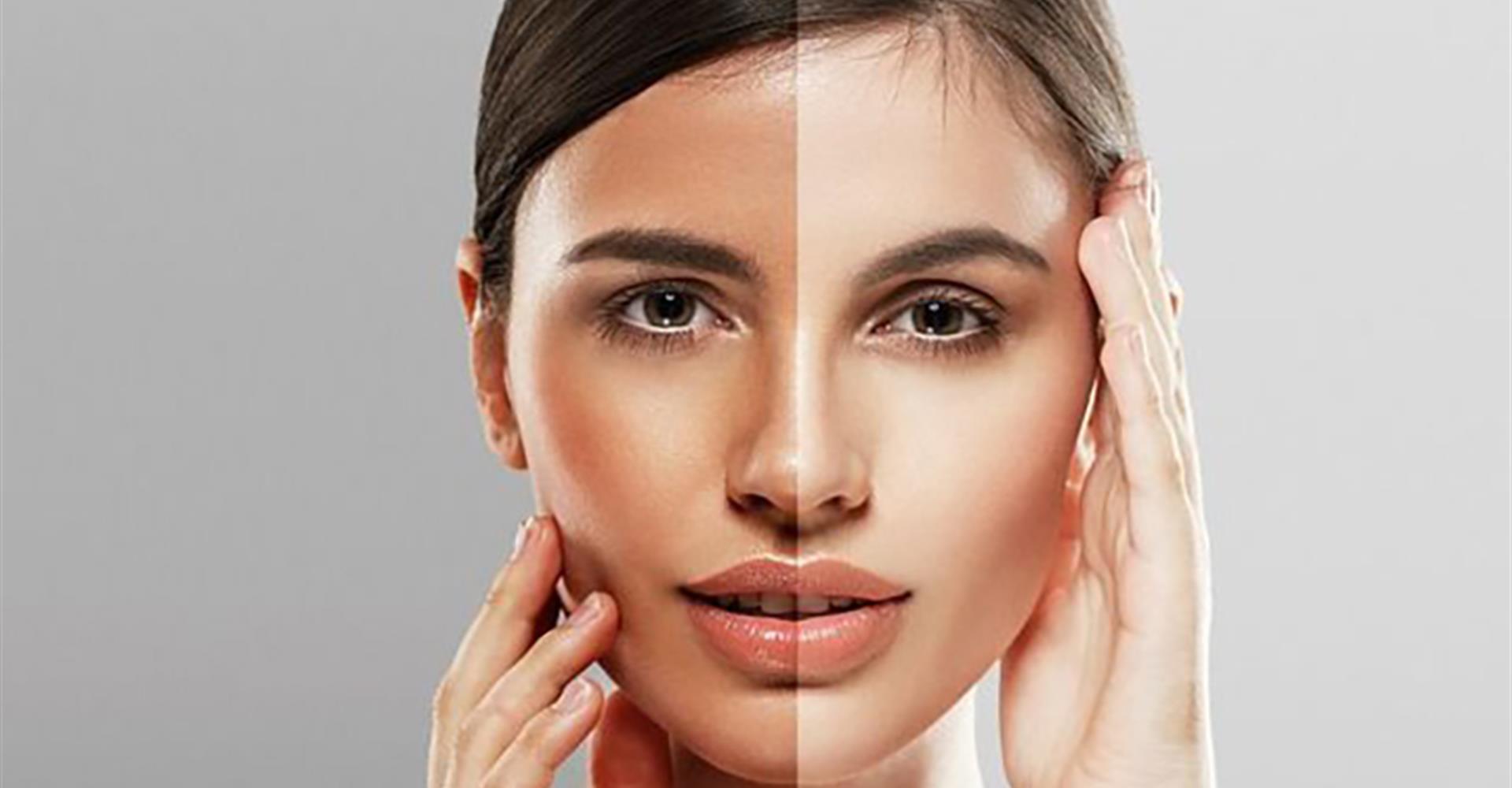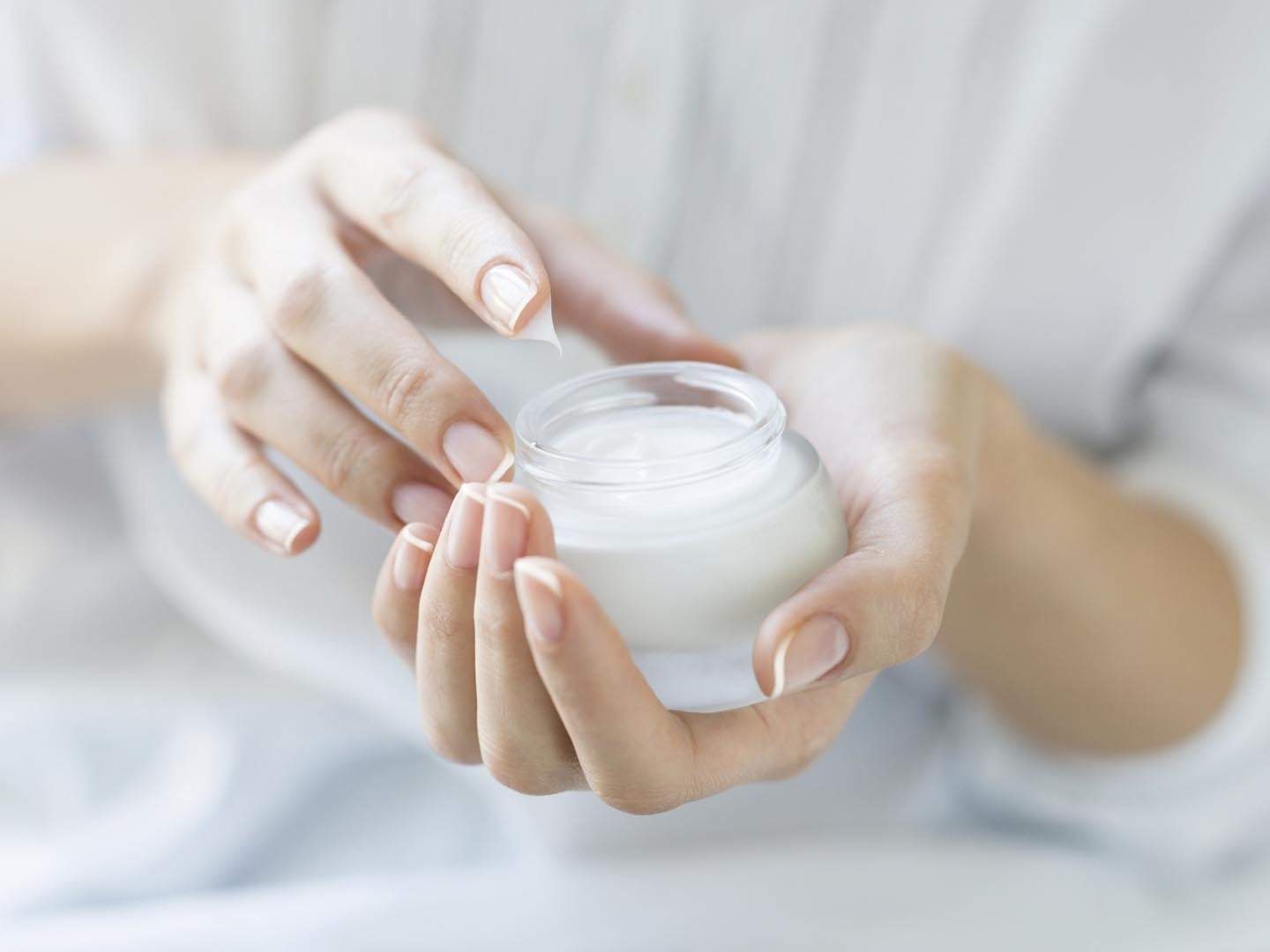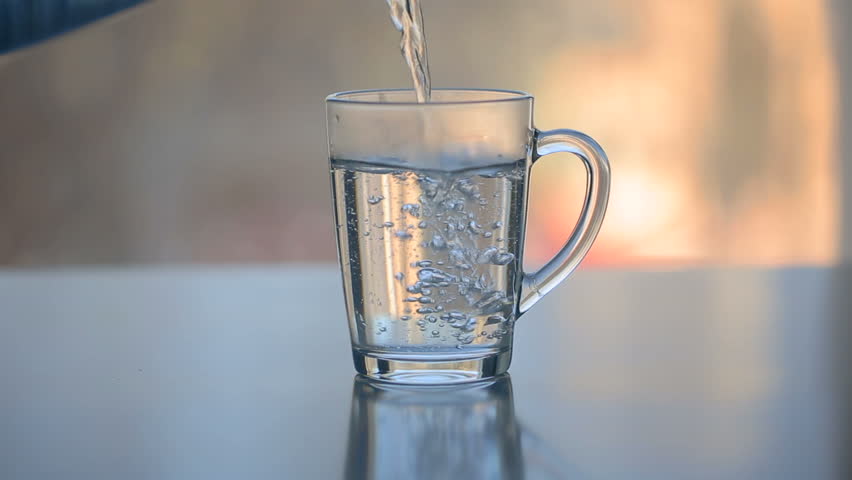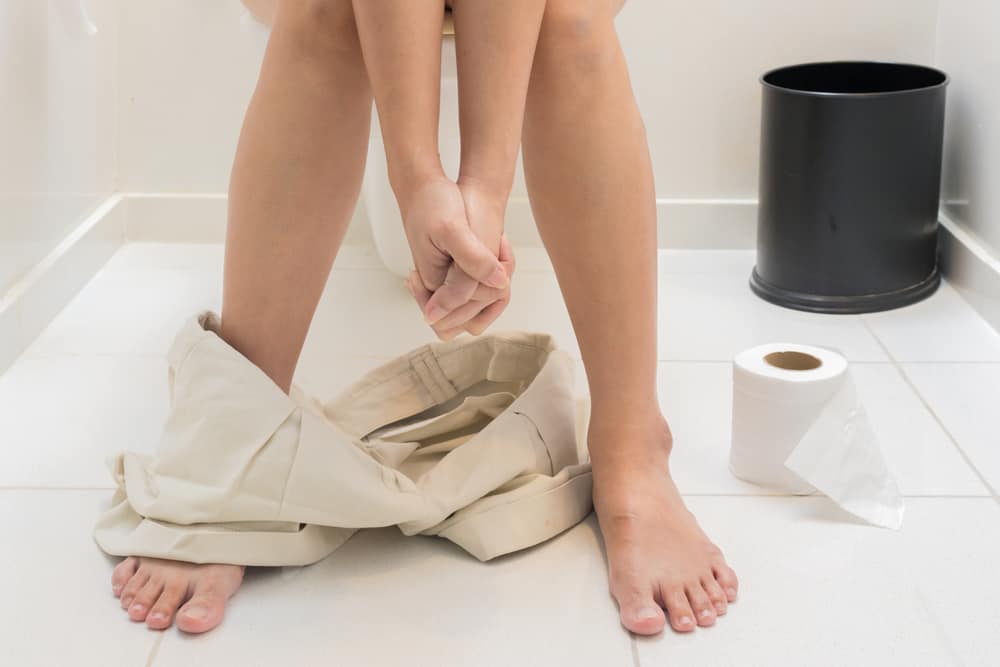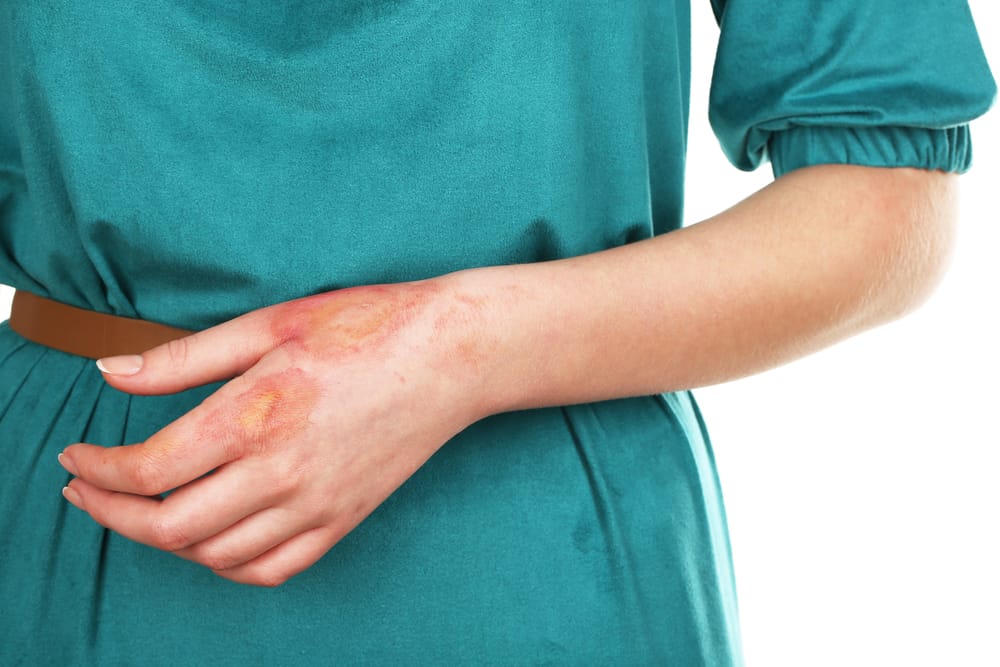Contents:
- Medical Video: How Kojic Acid Helps Reduce the Appearance of Brown Spots
- What is kojic acid?
- How does it work?
- Products containing kojic acid
- Antiaging on the skin
- Antimicrobial
- Antifungal
- Is kojic acid effective for lightening the skin?
Medical Video: How Kojic Acid Helps Reduce the Appearance of Brown Spots
Many ways can be done to get white and bright skin, from starting to use face creams sold on the market to consulting a specialist doctor. One of the lightening ingredients that is believed to be quite effective is kojic acid. However, is it true that this ingredient is effective and has been proven safe for the skin? Find out here, yeah.
What is kojic acid?
Kojic acid is known as a powerful ingredient for lightening the skin. This compound is made of several types of mushrooms. Acetobacter, Penicillium, and Aspergillus are types of fungi which are usually the ingredients for making kojic acid. This kojic acid is a by-product when certain foods are fermented, such as Japanese sake, soy sauce, and rice wine.
How does it work?
This compound is used as a skin lightening agent because of its effect on proteins known as tyrosinase. According to Dr. Alaina J. James at the University of Pennsylvania Medical Center, kojic acid works by preventing a specific tyrosinase function called chatecolase. This chatecolase enzyme plays a role in making melanin compounds.
Thus, by inhibiting the ability of the tyrosinase protein to make melanin, kojic acid is able to prevent skin pigmentation which can help brighten skin tone. Sas is known, melanin is a color pigment that affects hair, skin, and eye color.
Products containing kojic acid
Kojic acid has been widely used in various cosmetic products. For cosmetic ingredients that are used as skin lightening, the permissible concentration is usually one percent or even less. This compound is usually used for cosmetic products such as serum, cream, cleanser, and soap for the face.
Some products such as soap and cleansers are usually recommended to be washed immediately after use. Creams and serums are designed to be absorbed in the skin even though kojic acid generally has a relatively low absorption rate on the skin surface.
Some products such as face masks are formulated to be used on certain occasions. While creams and cleansers are indeed made to be used every day. Therefore, the content in each cosmetics has been adjusted to the type of use so that it is safe to use. This product is generally used for face and hands.
In addition to lightening skin tone, this ingredient is also known to have other good benefits for the skin. See the explanation below.
Antiaging on the skin
This acid is known to repair damaged skin such as dull and wrinkled skin due to sunlight and free radicals. In addition, this acid works at the same time to disguise age spots or scars.
Antimicrobial
This compound can help treat acne due to infection and the proliferation of bad bacteria on the skin. In addition, it can also relieve scars caused by acne.
Antifungal
These compounds are even added to some antifungal products to increase their effectiveness. This may be useful in treating fungal infections of the skin such as fungal infections, ringworm, or water lice.
Is kojic acid effective for lightening the skin?
Usually, every beauty product has a different reaction in each person, including kojic acid. However, it generally takes 2-6 weeks to see the effect on your skin.
If you want to use products that contain kojic acid to treat your skin problems that are problematic, it's good to consult your doctor first. The doctor can give you information about the dosage and treatment that accompanies it so that the effect is more maximal.
It's good, before you try products that contain kojic acid, especially the use of the face, apply first on the hands or behind the ears and let stand for about 15 minutes. If there are unpleasant effects such as itching or redness, the sign is that your skin does not match the product.
On the contrary, you can continue to use if it does not produce any negative reactions. Stop using if you experience redness, rash, irritation, or pain. To soothe irritation, immediately consult your doctor to find out the best handler.

